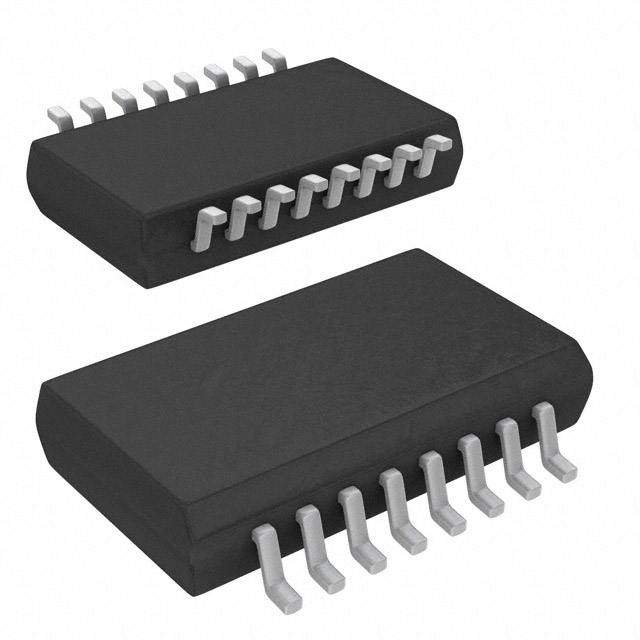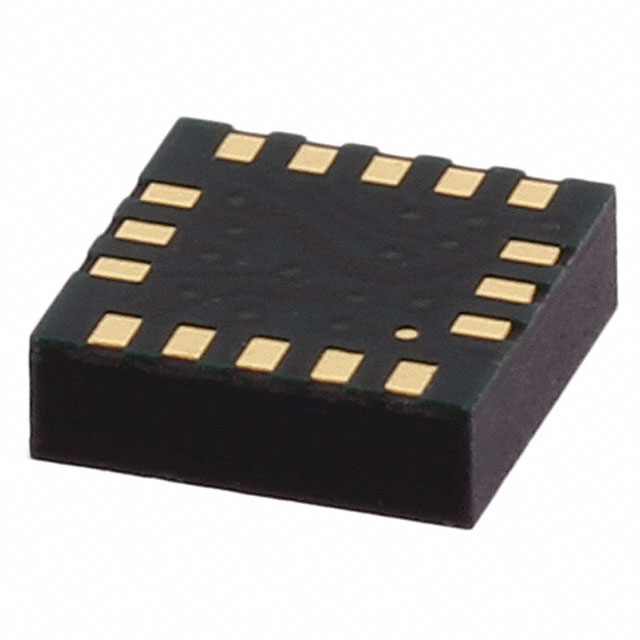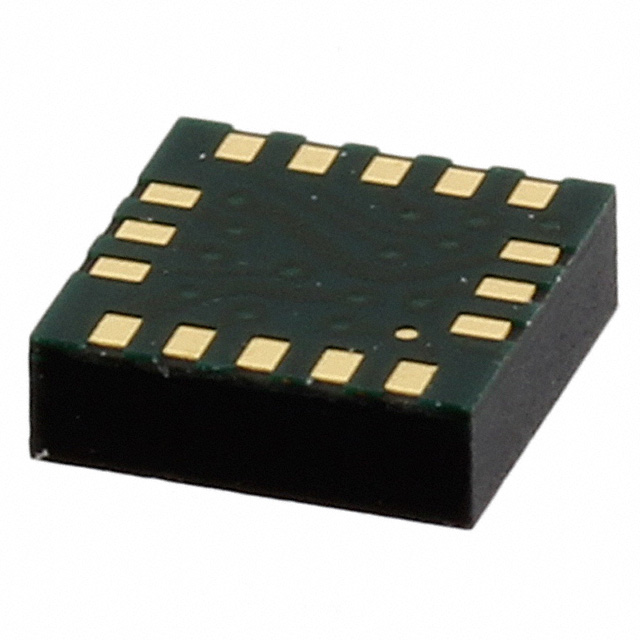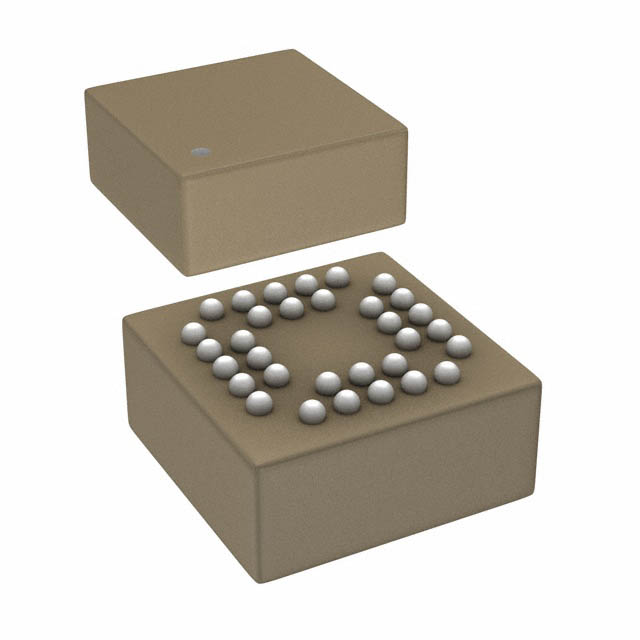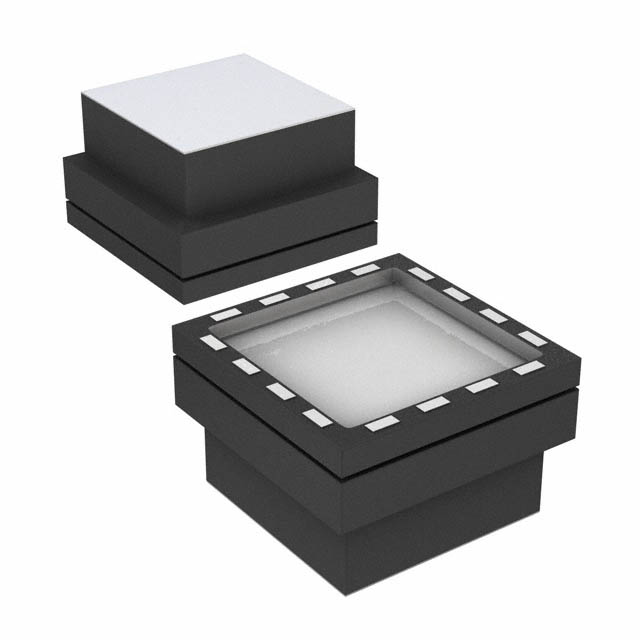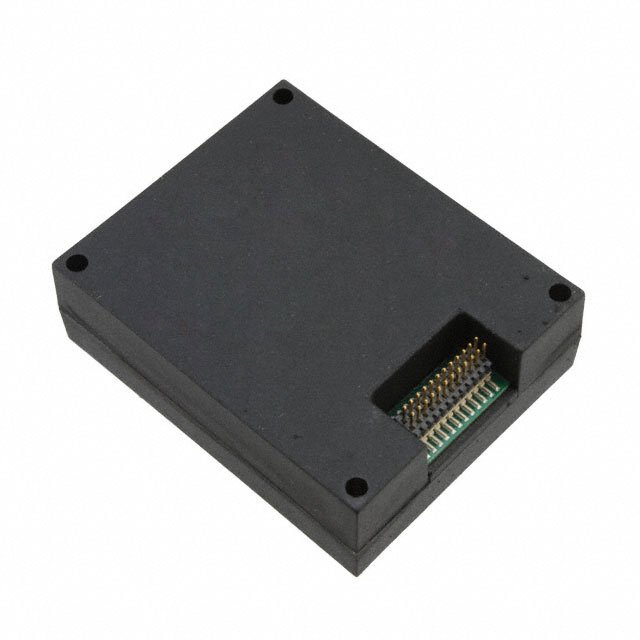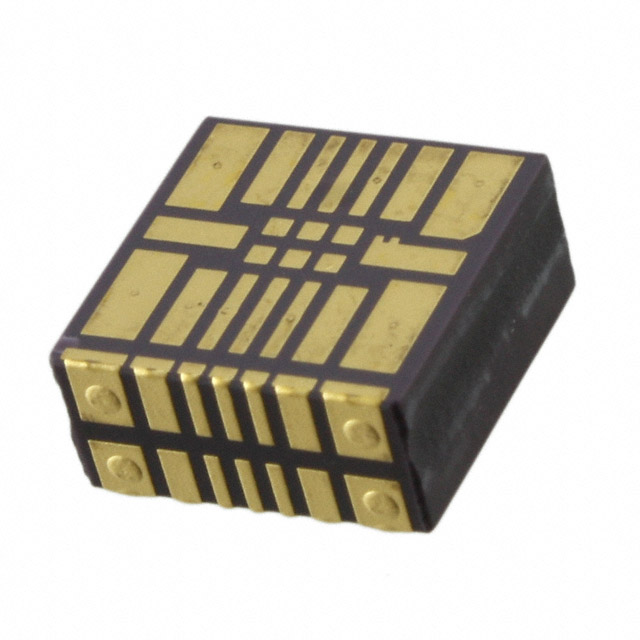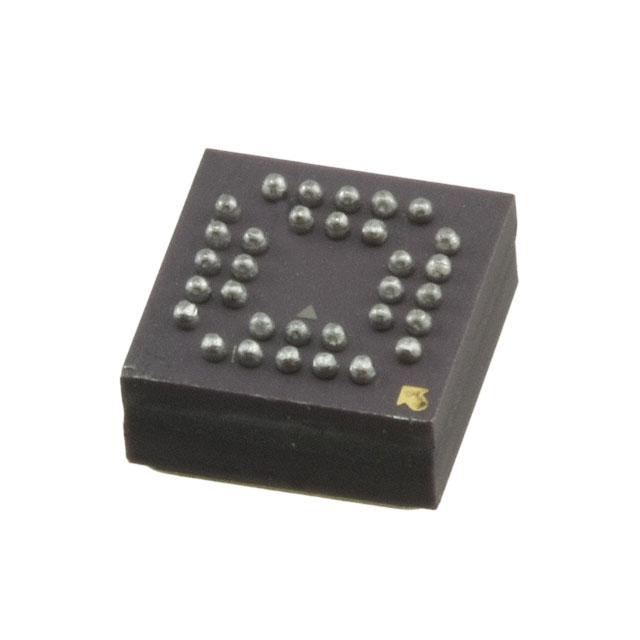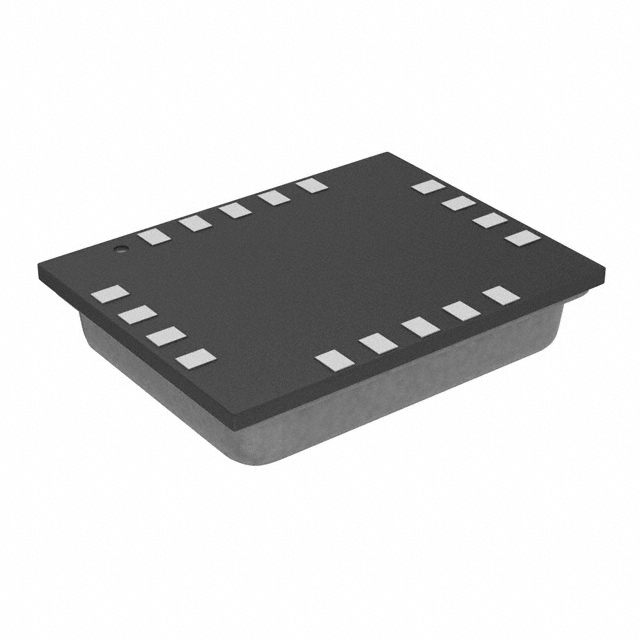Categories
- Gyroscopes(62)
- 1
- 2
- 3
- 4
Gyroscopic motion sensor ICs and modules are used for measuring or maintaining orientation and angular velocity on one or multiple axes. Axes may include X (pitch), Y (roll) and Z (yaw) in rotation ranges from 100 to 6000 degrees. Gyroscopes (gyros) are selected by sensitivity, analog or digital, voltage supply, case style and output type such as analog, I2C and SPI.
What is a Gyroscope Sensor?
A gyroscope is a device that detects and maintains direction, relying on the principle of conserved angular momentum. The gyroscope sensor serves as a straightforward and user-friendly system for positioning and controlling based on movements and gestures in free space.
By moving the mouse in an imaginary plane, the cursor on the screen mimics this motion, allowing you to draw circles around links and click buttons effortlessly. These actions can be performed easily, whether you're speaking or away from the table. Initially used in helicopter models, gyroscope sensors are now widely integrated into mobile and portable devices, such as the three-axis gyroscope technology found in iPhones.
Working principle
A gyroscope sensor is a device designed to sense and maintain direction, based on the principle of conserved angular momentum. Once a gyroscope begins to rotate, the angular momentum of the wheel creates a resistance to changes in direction. This principle states that the orientation of the axis of rotation in a spinning object remains stable when not influenced by external forces, allowing users to maintain their direction. Various methods are then employed to read the orientation indicated by the axis and automatically transmit this data to the control system. A familiar application of this principle is riding a bicycle; as the wheels spin faster, they are less likely to tip over due to the stabilizing force of the axle.
Modern gyroscope sensors can accurately determine the positions of moving objects and are essential inertial navigation instruments used in aviation, navigation, aerospace, and defense industries. Traditional inertial gyroscopes are mechanical devices, which require precise structural engineering. The concept of fiber-optic gyroscopes emerged in the 1970s, and by the 1980s, they had advanced significantly alongside laser resonant gyroscopes. Fiber-optic gyroscopes offer a compact design, high sensitivity, and reliable performance, allowing them to replace traditional mechanical gyroscopes in many applications and become vital components in modern navigation systems. The development of fiber-optic gyroscopes occurred alongside advancements in ring laser gyroscopes.








